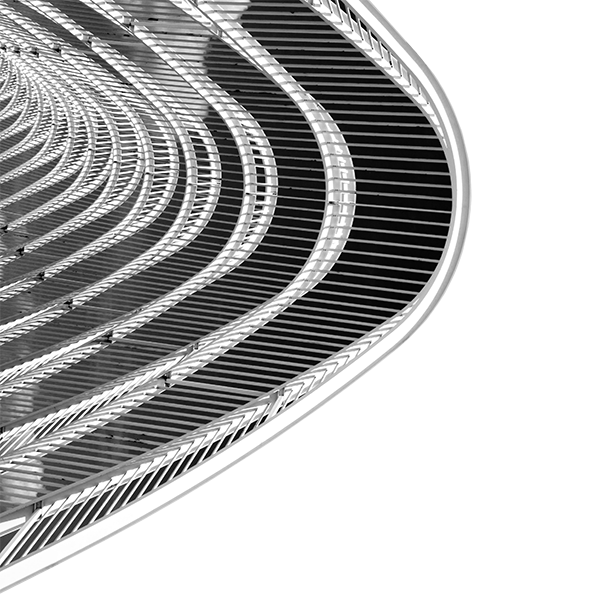Lightning Simulation Software
When it comes to lightning simulation software, you can choose a simulation suite that is a one-size-fits all general solver. Why not select a tool that has been developed with your application in mind? Something that has a significant validation heritage and a team of domain experts to support it?
That’s the advantage of EMA3D. Our team has been developing EMA3D for lightning and related problems for over 35 years. When you have a lightning questions, we will understand your needs.
EMA3D can help with many aspects of your lightning simulation program, including:
- Determine the initial attachments for lightning zoning
- Determine the current distribution to estimate direct effects damage
- Determine the indirect effects actual transient levels (ATLs) in order to design or certify electionics
- Analyze design of radome lightning protection strips
- Optimize the design of lightning protection such as expanded copper foil, lightning conductors, or cable overbraids
EMA3D when combined with MHARNESS can determine the indirect effects ATL transients down to a high degree of accuracy and down to the individual pin level. See the EMA3D business case on how this can save you money and schedule.
Summary of EMA3D Lightning Simulation Software Major Components
EMA’s lightning simulation software tools have been developed since 1978 and have achieved a high level acceptance through verification and validation on military and civilian projects. Over 15 years ago, EMA consolidated its finite difference time domain (FDTD) EM simulation tools into a commercial product called EMA3D. This package has grown to include all state-of-the-art features in modern 3D FDTD solvers, including the ability to deal with thin wires, seams, thin surfaces, and anisotropic properties.
Our solver is paired with a CAD import tool, CAD manipulation environment, and computational mesh generator. These tools allow users and EMA analysts the ability to quickly import CAD files in all major formats (CATIA, Pro-E, Parasolid, etc.), adjust the model geometry to reflect EM relevant features, and perform EM simulations relevant to HIRF, electromagnetic interference (EMI), and lightning with only minor adjustments between models. The results of the simulation include currents or field values for each location, including wire harness bulk currents, along with easy to understand false-color picture plots.
Recently, EMA developed a parallel version of EMA3D that allows for its use on computational clusters to allow for vast simulation speed improvements. Advances in computing hardware have enabled FDTD analysis for EMC problems to be a realistic solution to cases in which the 3D nature of the shielding of structures must be considered. Fourier transforms of the time domain results for fields and currents can reveal the frequency domain behavior of interest in shielding effectiveness simulation.
In many cases, the 3D current and field results are sufficient to answer qualification issues. In others, it is important to understand how the cable currents on large cables distribute to pins inside of shielded cables. EMA developed MHARNESS to solve the transmission line equations applicable to understanding transients on avionics cable harnesses. The software allows for multiple branches, multiple shields, and multiple conductors to be simulated to capture the physics of HIRF, EMI, and lightning transients down to the pin level of avionics interfaces.




